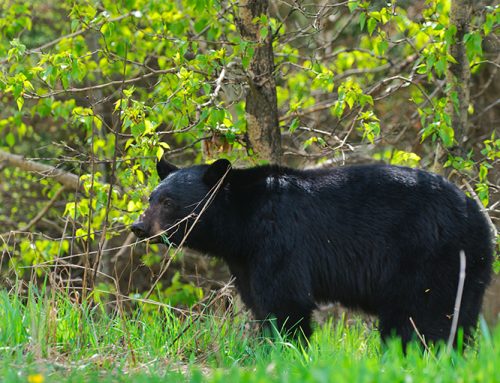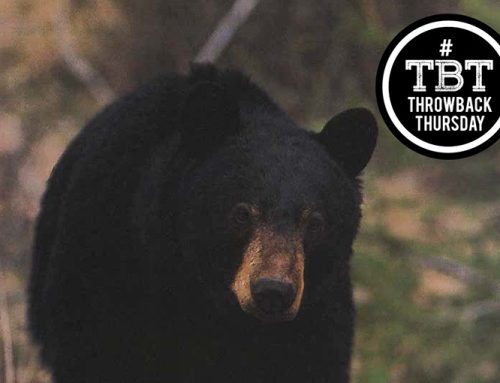Habitat is the single most important factor in your deer-hunting success. Great habitat means more and bigger deer. Poor habitat means hard hunting. As hunters and stewards of the land, we can modify the deer’s world to make our hunting better.
Two Strategies, One Goal
There are 2 ways hunters can improve the landscape that deer use. One is to enhance the habitat so deer grow abundant and healthy on your hunting lands. The other is to make the land easier to hunt. If you plan properly, you can achieve both from just one project.
Long-Term Projects
Improving deer habitat is generally a longer-term project. It can include planting specific crops, selecting timber to harvest, or, planting trees to provide thermal cover.
When planning habitat improvements, think about how the deer use the land year-round. Adding thermal and bedding cover might be more beneficial than planting food. Save yourself some work by seeking the advice of farmers, loggers, biologists, and other hunters who have experience managing deer-hunting property.
Habitat improvements require careful planning, outside advice, and a long view of what you want the property to be 5 to 10 years down the road.
If you’re considering a project, start small. Log off an area of forest, or plant a food plot and see how deer react to the change. If the project attracts deer, expand it, or try another change in a new spot. If it doesn’t work, you aren’t out much time or money. Little projects let you learn from your mistakes relatively painlessly — big ones are less forgiving.
Easy Fixes
Not all changes need to be major projects. Some fixes can take 2 minutes to complete but can have a real and almost immediate impact on your hunting success.
Making the land easier to hunt can be as simple as clearing shooting lanes. It’s all about solving a problem, such as getting to your stand without deer detecting you, funnelling them in your direction, or positioning them for a safe, ethical shot.
Happy Trails
Deer like to travel paths of least resistance. Use this to your advantage by blocking trails you don’t want them to use with brush and deadfalls, and clearing brush away from the trails you do want them to use. Deer are often more than happy to use these “upgraded” trails and abandon the blocked ones.
You can also do something as simple as making crossing a fence easier for deer. Tie barbed wire fence so it’s pinched down in the middle, or simply open a normally closed gate along a travel route that also offers a good stand location. (Be sure to get the owner’s permission if it’s not your land.) Within days of doing this, deer will often switch their travel patterns to avoid making big leaps to access a field.
A trick for late-season hunters is to create trails for deer in the snow. In deeper conditions, walk or snowshoe past your stand and extend the path 50 to 100 yards toward the area you expect deer to approach from. Within a few days — and often during the first night — deer will discover the trails and start using them, and in turn, encourage other deer to use them. When you come quietly back to hunt a few days later, the deer will funnel past you.
You can also temporarily scare deer away from one spot and toward another. Put a flag, ATV, truck, or anything alien to the environment in their path and deer will travel away from the area. This is a short-term fix; after just a day or so, deer may become accustomed to the new “thing” and ignore it.
When making in-season modifications, do them all at once, then return only to hunt. Deer can be quite tolerant of one-time human intrusions into their world, but come back repeatedly and they’ll avoid the area.
Whether you are making long-term improvements to your hunting property or small in-season changes, modifying deer habitat can have a major impact on your hunting success.
First published in the Fall 2014 issue of Ontario Out of Doors.







Leave A Comment